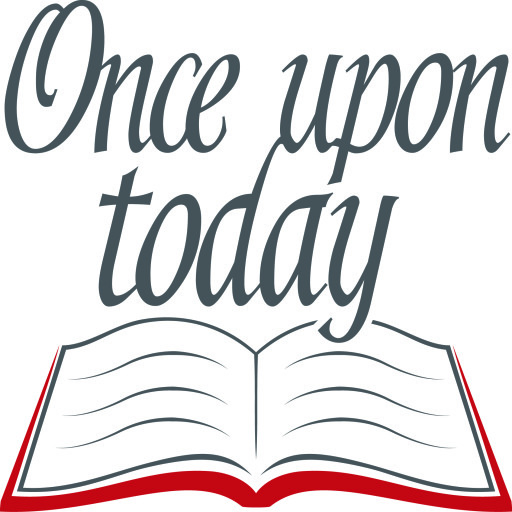Friday it was time to get to know the place where the seminar takes place – Krzyżowa – and have a look at some of the stories told there. After a quick overview of the Krzyżowa Foundation’s history and departments, the group split to learn more – either about the Kreisau circle in the House on the Hill or about Polish-German reconciliation – in the permanent exhibition „Courage and Reconciliation”. This post follows the group entering the exhibition.
Entering the exhibition we are confronted with a date not telling about reconciliation at all – on the contrary, since it is 1 September 1939, beginning of the Second World War. This is the historical background in front of which the reconciliation process developed. Though not at once, for several years there was silence between Poland and Germany, only interrupted by some governmental statements of friendship between the People’s Republic of Poland and the German Democratic Republic, rather stressing the existing silence between the two societies than reducing it.
But some people in Eastern and Western Germany and in Poland did not just accept this state of affairs. Not only not evading contact they rather looked for potential contacts. And thus a development started, leading to excellent relations between the two countries today. Often those courageous men and women (for in the 60ties it took courage not to join mainstream relations that is non-relations between the two countries) were persons motivated by their christian faith. So in 1964 a group of young grown ups from the GDR planned a bicycle pilgrimage to Auschwitz. And when they could not realise their plan – for GDR border officials did not let lem leave GDR for a pilgrimage to Poland, stating that the relation between the countries were just great and such a journey unnessecary – they tried again one year later, individually leaving the country and meeting each other in Poland.
Better known is the action of the polish catholic bishops, writing in 1965 a letter to their german counterparts in which they declared to forgive and ask for forgiveness. The communist regime in Poland reacted frantically, but the seed of reconciliation was sown.
When in 1989 the polish and the german heads of government met in Krzyzowa for a Mass of Reconciliation, they stood on the grounds of a reconciliation proces that had been pursued for more than 25 years and so the sign of peace, exchanged between Mazowiecki and Kohl 12 November 1989, was the finish after a long journey gone in small steps and at the same time a promise of different, constructive and trustful relations of the two countries for the future.
The exhibition ends in amphitheatre like circle, with questions asking the visitor: Am I courageous? How should the past be remembered? How can I contribute to the future?
